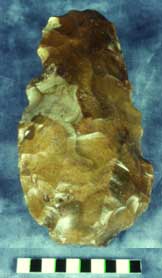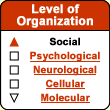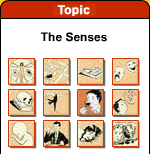The
concept of “memes” was first proposed by Richard Dawkins in 1976.
It attempts to describe this transmission of culture by drawing several parallels
with genes, another kind of entity that seeks to replicate itself, albeit at a
lower level of organization. Like genes, memes try to transmit themselves, but
directly from one brain to another. Their ecosystem, so to speak, is the social
system composed of the community of human brains. A
meme can therefore be defined as any elementary unit of information that can be
transmitted from one brain to another. Memes take many, widely varied forms, such
as words, images, melodies, gestures, and bits of procedural knowledge. Memes
propagate themselves through imitation and through oral
and written traditions by means of individuals’ memories. But memes
also draw on myriad forms of memory that are external to the human mind, such
as paper,
magnetic tape, optical disks, and other computer storage media. The
success of a meme is measured by the number of brains to which it propagates.
Certain contradictory memes often compete with one another. In such cases, the
most attractive meme becomes the central one, while the others gradually slip
into oblivion.
Unfortunately, this is now the case with the meme of capitalism, which has completely
displaced its socialist and communist rivals. In contrast, some memes form alliances
to enhance their effectiveness, such as the alliance between the “anti-abortion”
meme and the “belief in an afterlife” meme. 
| | Memes
can occur singly (for example, as individual beliefs, opinions, slogans, or tricks
of a trade), or they can come grouped into articulated complexes (such as political,
religious, and scientific doctrines). In the realm of science, such complex memes
have also been called "scientific paradigms" ever since Thomas
Kuhn characterized such paradigms in his 1962 book The Structure of Scientific
Revolutions. Kuhn’s definition of a paradigm as a particular set of
ideas to which society subscribes at a particular time closely resembles the concept
of an “articulated complex of memes". A paradigm is a fundamental
frame of reference on which researchers in a given discipline rely to structure
and guide their research. For example, the medical model that currently prevails
in the Western world explains all physical problems by physiological causes and
uses organic methods, such as medication and surgery, to treat them. This model
can thus be described as the dominant paradigm of official Western medicine. For
Kuhn, the history of science is not a gradual, cumulative ascent toward increasingly
true theories based on experience. Instead, Kuhn views this history as subject
both to the cultural and social contingencies of the moment and to the random
personal factors that can influence the beliefs of any group of scientists at
any given time. Also, according to Kuhn, science progresses in leaps, or
“shifts”. Periods of calm, when one particular paradigm predominates,
are succeeded by periods of struggle between opposing ideas, crises that can lead
to radical re-examinations of prevailing scientific constructs. Other authors
would simply say that at such times, the central meme is dislodged by a competitor
that is better adapted to the current biotope of this community of brains. With
the first tools and culture, new forms of representation emerged. Flint
bifacial tool.
Early Paleolithic.
Luisant, Eure-et-Loir, France. Source:
Musée d'histoire naturelle et de préhistoire de Chartres (France). |





